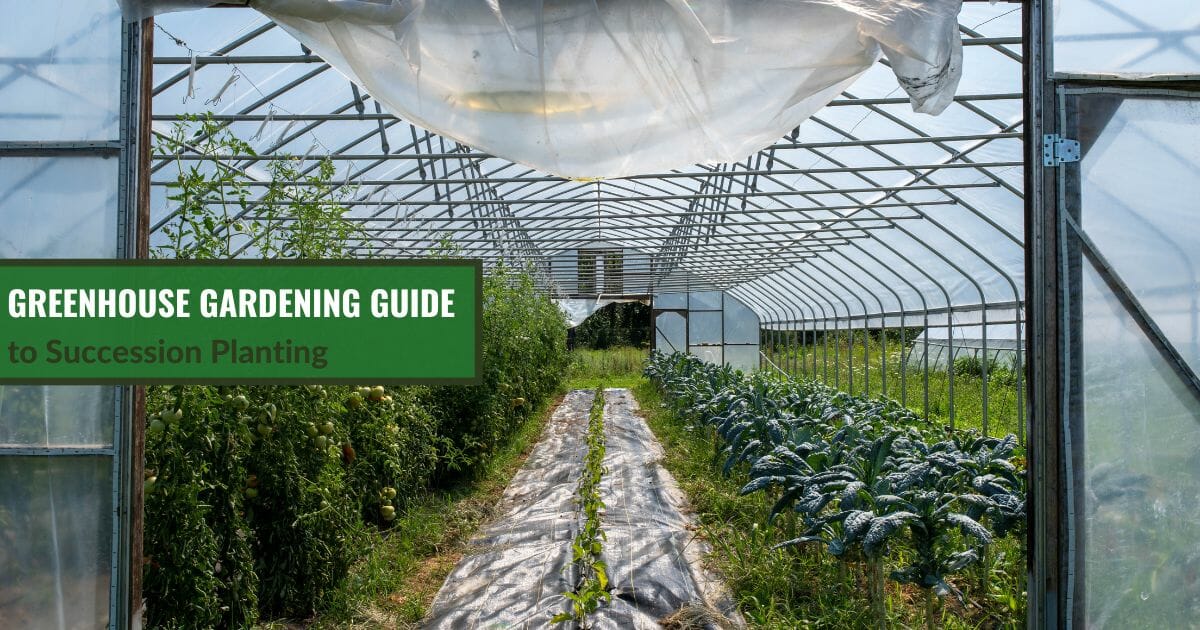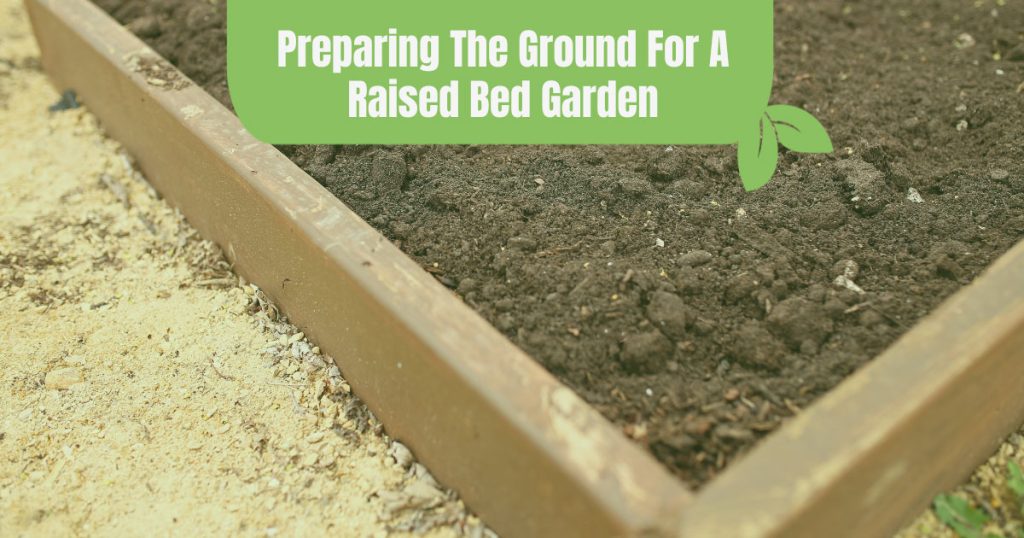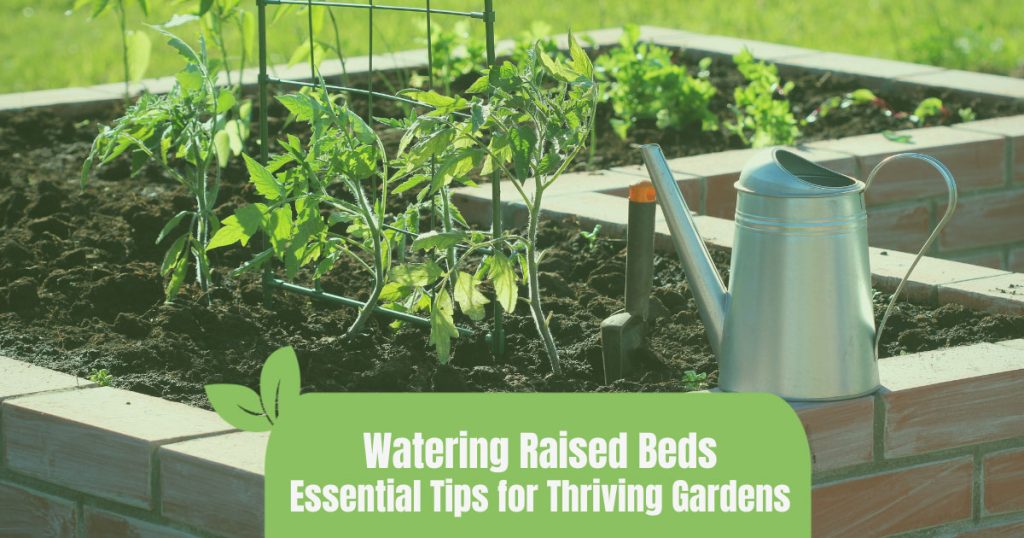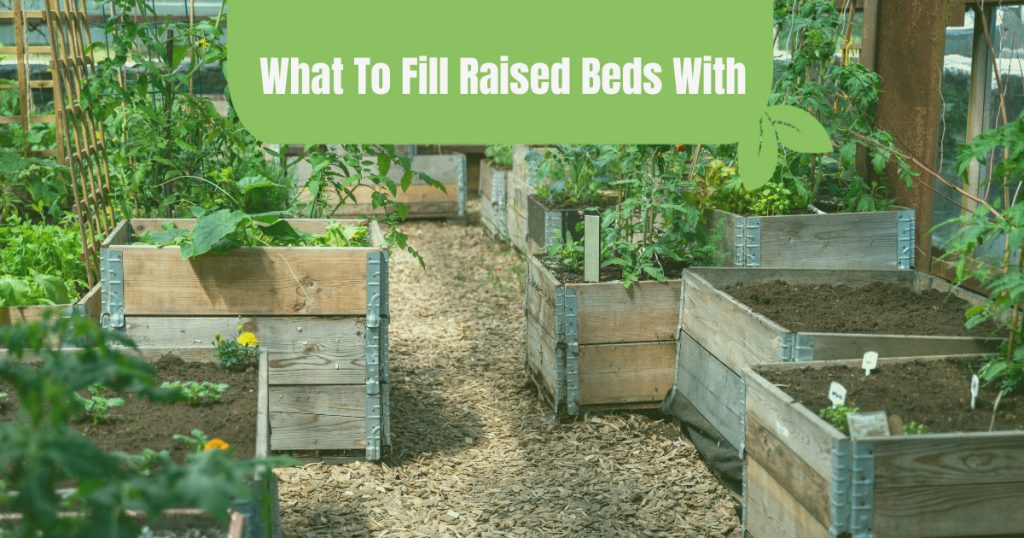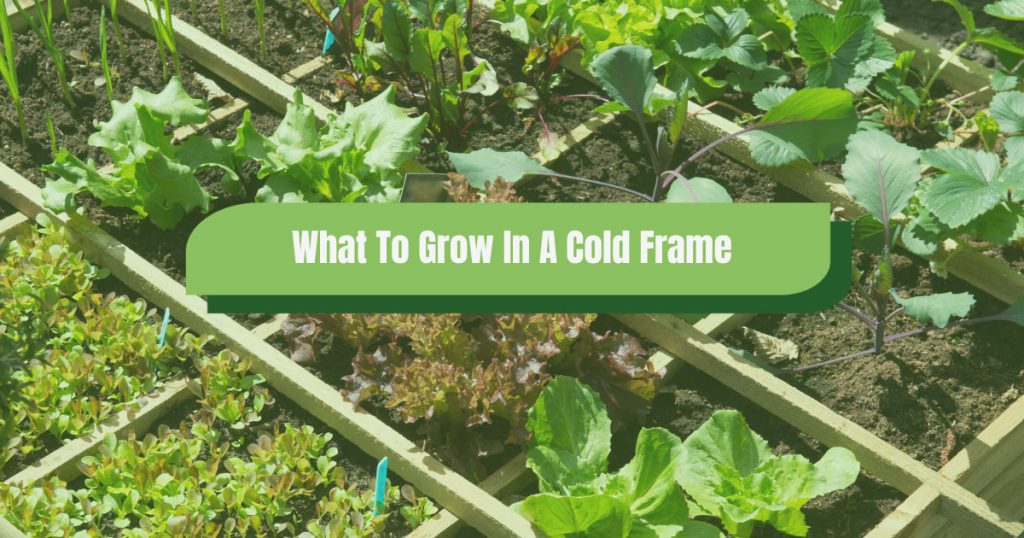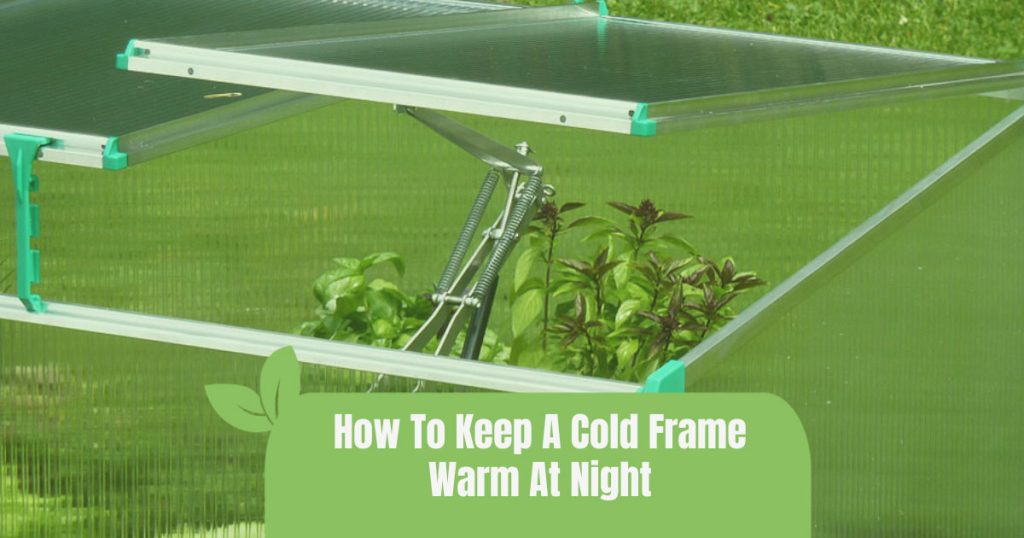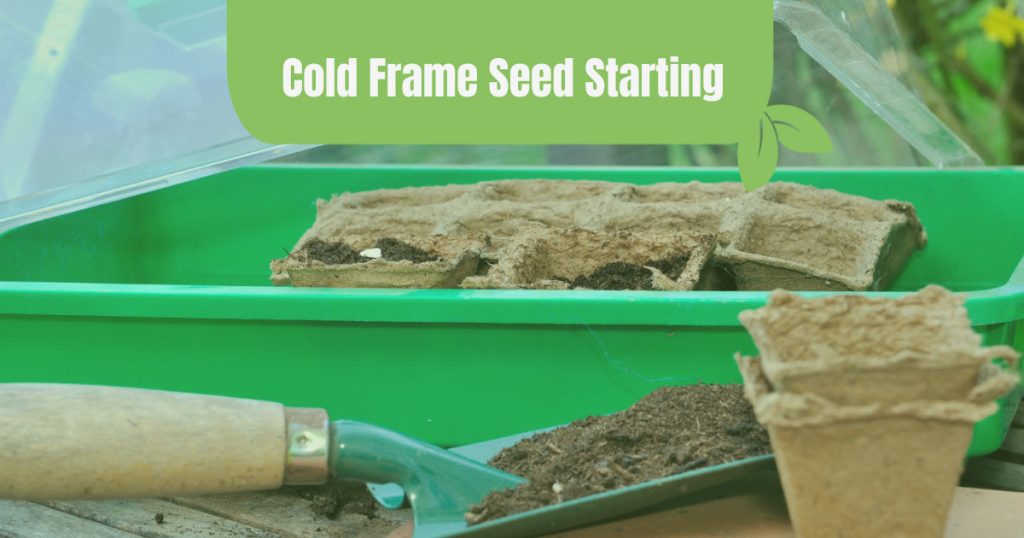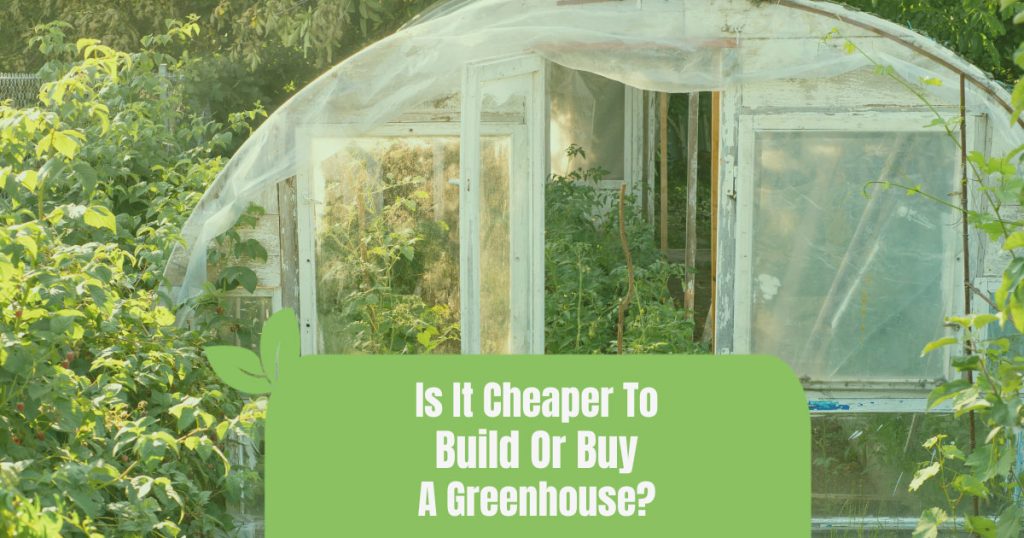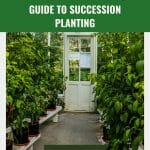
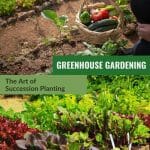
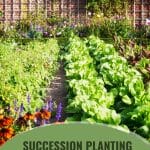
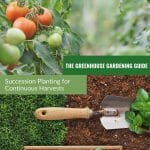
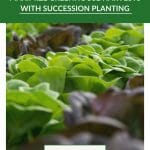



Do you think you’re making the most out of your greenhouse space and the growing season? For example, it’s common to focus on planting a single crop per bed, then packing up shop after harvesting it. Fortunately, there’s a way to prevent wasting your precious greenhouse space while also getting more out of a single bed: succession planting.
Succession planting is a way to stagger the growth of crops so that you can enjoy a bigger, more continuous harvest. There are four methods for doing this:
- Planting a new crop in the same place after harvesting the old one
- Sowing the same crop multiple times in succession
- Growing early, mid, and late-season varieties of the same crop
- Planting different crops in the same space.
Admittedly, growing crops this way is more labor-intensive than simply planting a single crop, once. But if you want to double or even triple your greenhouse yield, you’ll want to incorporate succession planting. Read on to find out how succession planting works and discover some fantastic examples of plants you can grow one after another!
What are the benefits of succession planting?
Succession planting helps you grow more fruit and vegetables for longer, providing a constant supply of fresh produce by staggering your harvests. It also increases the productivity of your greenhouse by helping you get more out of your limited growing space.
To get an idea of what this looks like in practice, imagine the following scenario:
You’ve decided to grow tomatoes. You start off by germinating the seeds in a propagation tray, then transplant the seedlings into a raised bed by late April. By June, your tomato plants start flowering and setting fruit. You continue to harvest them until October, then you cut down the spent vines and compost them.
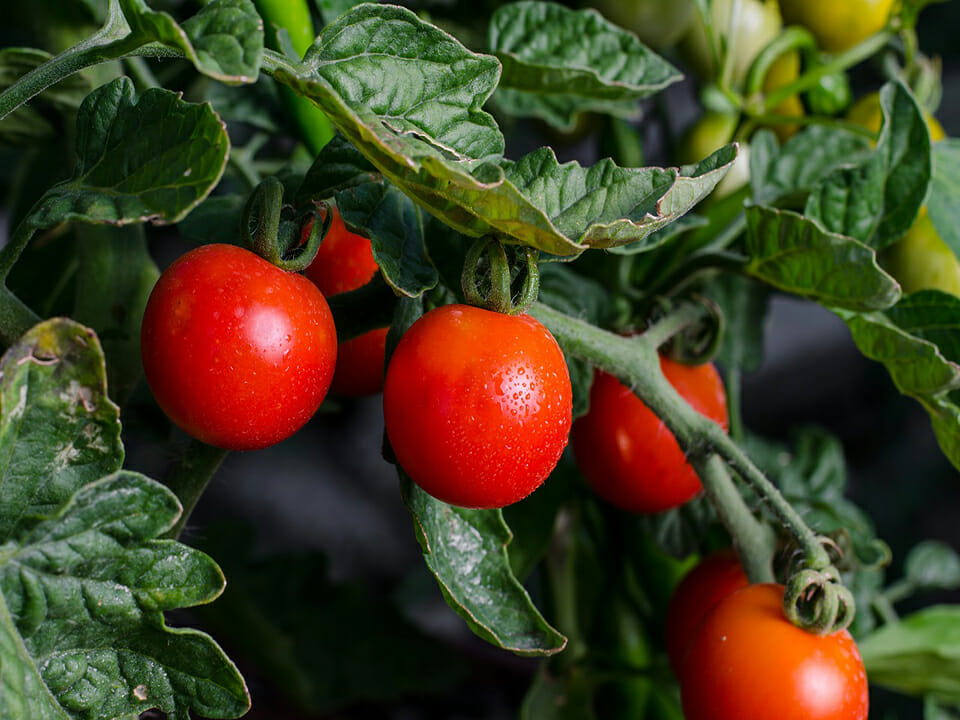
All in all, you’ve effectively used one raised bed for about 6 months to grow a single crop. Unless you follow up with another crop, that bed will spend the next 6 months sitting empty.
Instead, think about what would happen if you planted basil alongside your tomato plants, or grew a short-season lettuce while the tomatoes are just seedlings. Imagine how much more you could grow in your greenhouse by maximizing your space and time!
The 4 succession planting methods
All succession planting methods rely on one simple principle: keep your greenhouse garden beds busy by continuously growing something in them.
There are four planting techniques that achieve this, and you can use any one of them (or a combination thereof) in your greenhouse. For best results, try combining at least two!
Growing different crops in succession
The classic method of succession planting is alternating three crops in the same garden bed, in this sequence: cool season crop → warm season crop → cool season crop.
Start with a fast-maturing, cool-season crop that’s ready to pick in 30-60 days. After harvesting, follow up with a warm-season crop that needs anywhere between 70-100+ days to mature. Once that’s harvested, you can plant another cool-season crop. If you have enough sunlight and you’re heating your greenhouse in winter, you might be able to get another warm season crop in.
This chart shows a few examples of vegetables you can grow in succession, to help you plan your greenhouse schedule:
| 1st crop | 2nd crop | 3rd crop |
|---|---|---|
| Spinach | Tomato | Spinach |
| Lettuce | Pepper | Lettuce |
| Radish | Eggplant | Arugula |
| Chard | Cucumber | Bok choy |
| Bok choy | Zucchini | Kale |
| Mustard greens | Pumpkin | Leek |
| Arugula | Bean | Garlic |
| Beet | Corn | Onion (sets) |
| Turnip | Sweet potato | |
| Peas | ||
| Carrot | ||
| Onion (seed) |
If you want to grow brassicas such as cabbage, cauliflower, or broccoli, you might have to alter this succession schedule. That’s because they’re cool-season crops that take a long time to grow. In cooler climates, you can plant them in the first crop group to give them enough time to produce large heads. In warmer climates, plant them in the third crop group to prevent them from bolting during the hot summer months.
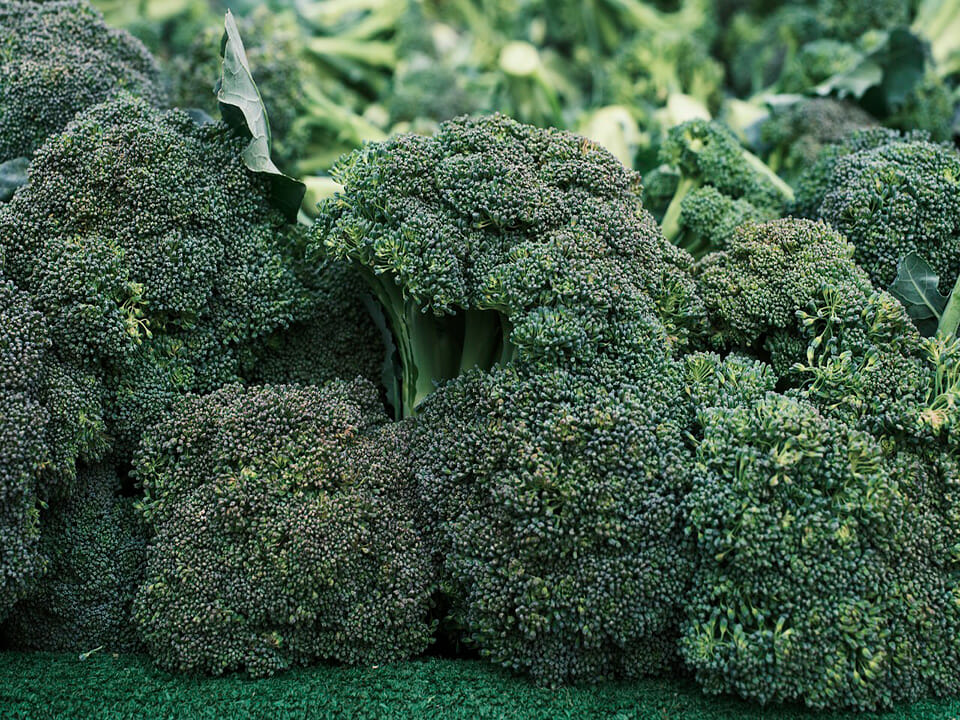
Successive sowings of the same crop
Also known as staggered, interval, or relay planting, this method of succession planting involves repeatedly planting the same crop every 7-14 days. It’s a great way to ensure a longer harvesting season for leafy greens, but you can also use it for herbs or root crops to ensure a steady supply.
Here are some great vegetables you can grow using staggered planting, and how often you’ll need to sow a new crop:
| Every 7 days | Every 10 days | Every 14 days |
|---|---|---|
| Radish | Lettuce | Beets |
| Spinach | Bok choy | Turnips |
| Arugula | Choy sum | Carrots |
| Tatsoi | Peas | Endive |
| Cilantro | Bush beans | Parsley |
| Sorrel | Sweet corn | Basil |
Generally speaking, there’s not much point using successive sowing for crops that fruit repeatedly throughout the warm months, such as cherry tomatoes, cucumbers, and summer squash, or long-season, cool-weather crops like Brassicas.
However, planting a new batch of seeds or transplants after 2-3 weeks is a great way to prevent losing an entire harvest to pests or diseases.
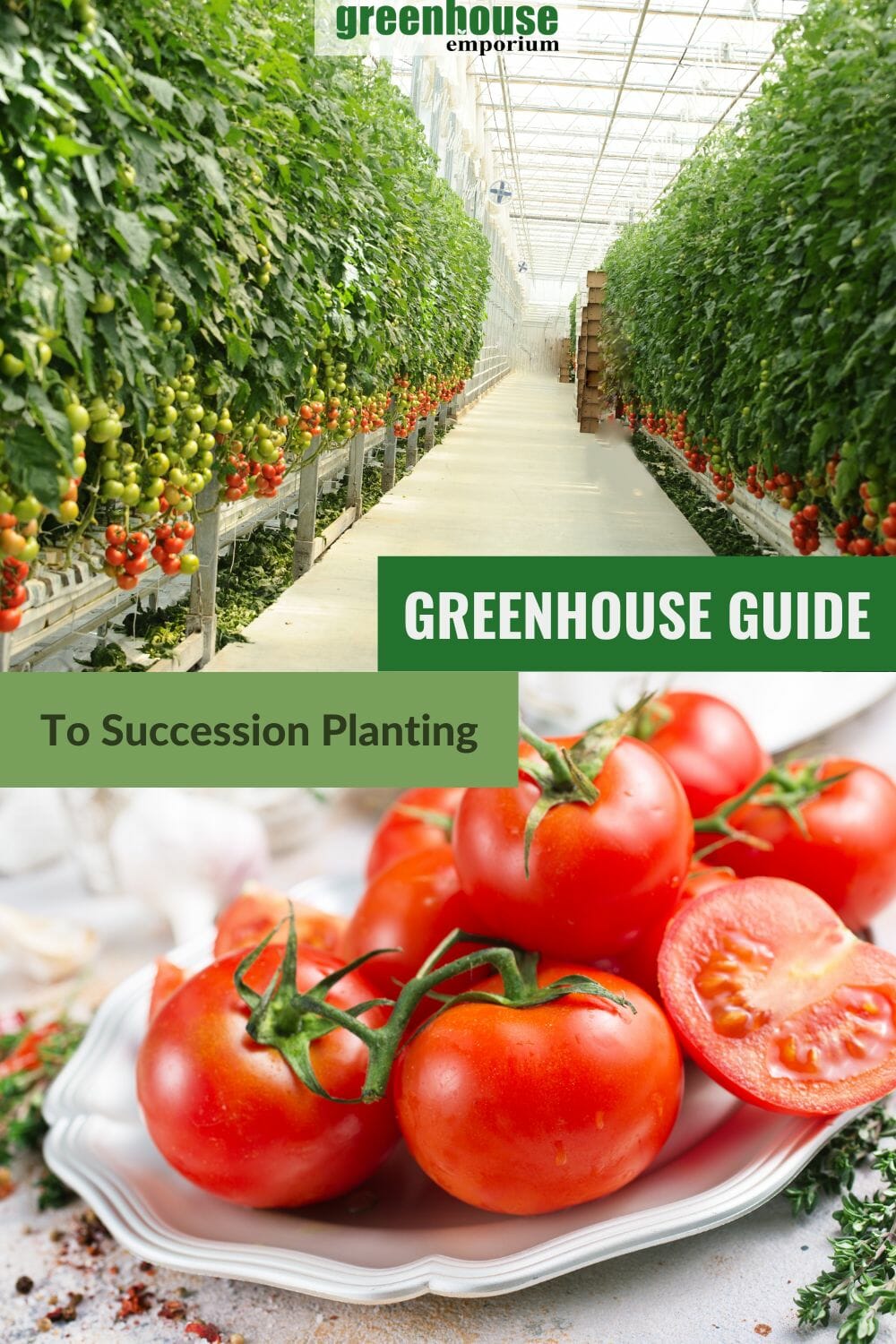
Growing one crop with different maturity dates
There are two ways you can use this method to grow crops in succession.
- Plant one crop and harvest some of the plants before they fully develop.
- Plant different cultivars of the same crop, each with a different maturity date.
Here are three examples of crops you can grow using this technique, and how to make the most out of it:
Onions
You can harvest onions in two stages: before they develop a bulb (green onions), or after they finish bulbing. Ideally, you should leave at least 4 inches between the remaining plants to encourage large bulbs. But if you selectively pick some of the younger plants, you can maximize your space and increase your overall onion yield.
For example, plant onion seeds or transplants 2 inches apart. When the onion stalks are about the width of a pencil, harvest every other onion in your bed as a green onion. Leave the others in the ground to develop bulbs.
Potatoes
There are three main types of potatoes, depending on how long they take to reach maturity:
- First-early potatoes, ready in 10-12 weeks;
- Second-early potatoes, ready in 13-14 weeks;
- Maincrop potatoes, ready in 18-20 weeks after planting.
To plant potatoes in succession, start with a first-early or second-early variety. After harvesting that first batch, plant a maincrop cultivar. And when that’s out of the garden bed, plant another batch of first-early potatoes. This way, you can enjoy a steady supply of fresh potatoes throughout the season, and have plenty left to put into winter storage.
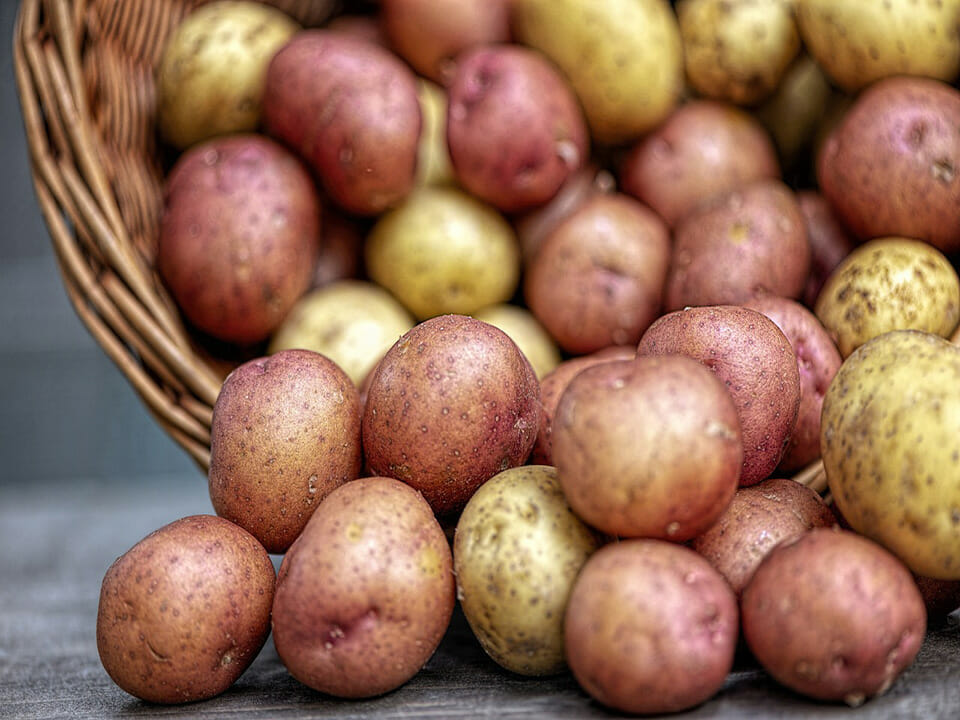
Tomatoes
There are three types of tomato plants: determinate, indeterminate, and semi-determinate. Determinate tomatoes grow to a predetermined size and take an average of 65 days from seed to harvest. They produce one crop that ripens around the same time, which makes them ideal if you want one large harvest to use for canning, juicing, freezing, or turning into tomato paste.
Indeterminate tomatoes can grow indefinitely, and will continue to produce fruit until the first hard frost. Some varieties, such as cherry tomatoes, take just 50 days after planting before they start growing fruit. Others, such as beefsteak, take at least 70 days. Their fruit ripens throughout the season, making them an excellent choice for fresh eating.
Semi-determinate varieties typically fall somewhere between these two types, but vary from one variety to another in days to maturity.
If you want to grow tomatoes in succession, try planting a mix of these types. For example, you can start with one crop of Beefsteak or Sungold, and one of Roma tomatoes. If you have the space, follow up with a second crop of Roma or Amish Paste after 2-3 weeks. And if you time it right, you can harvest your first crop of Roma tomatoes, then plant a fast-growing, cold-resistant tomato cultivar such as Glacier.
Growing different crops in the same bed
Intercropping, interplanting, or companion planting is the strategy of growing two or more different crops together. To use this method successfully, you’ll need to follow these core principles:
- Grow a mix of fast-maturing and long-season crops.
- Use successive sowings to replace fast-growing crops as you harvest them.
- Grow tall crops with smaller, bushy crops.
- Grow deep-rooted crops with shallow-rooted crops.
- Avoid growing crops from the same plant family to prevent losing them to the same pests and diseases.
- Avoid planting crops that will compete for water, sunlight, and/or nutrients.
- Use companion plants to prevent pest infestations.
The most common example of intercropping is the Three Sisters of squash, beans, and corn. This trio is traditionally used by Native Americans because when planted together, these crops all benefit each other. Beans help fix nitrogen in the soil, squash grows large leaves that suppress weeds and help retain soil moisture, while corn provides beans with something to climb on.
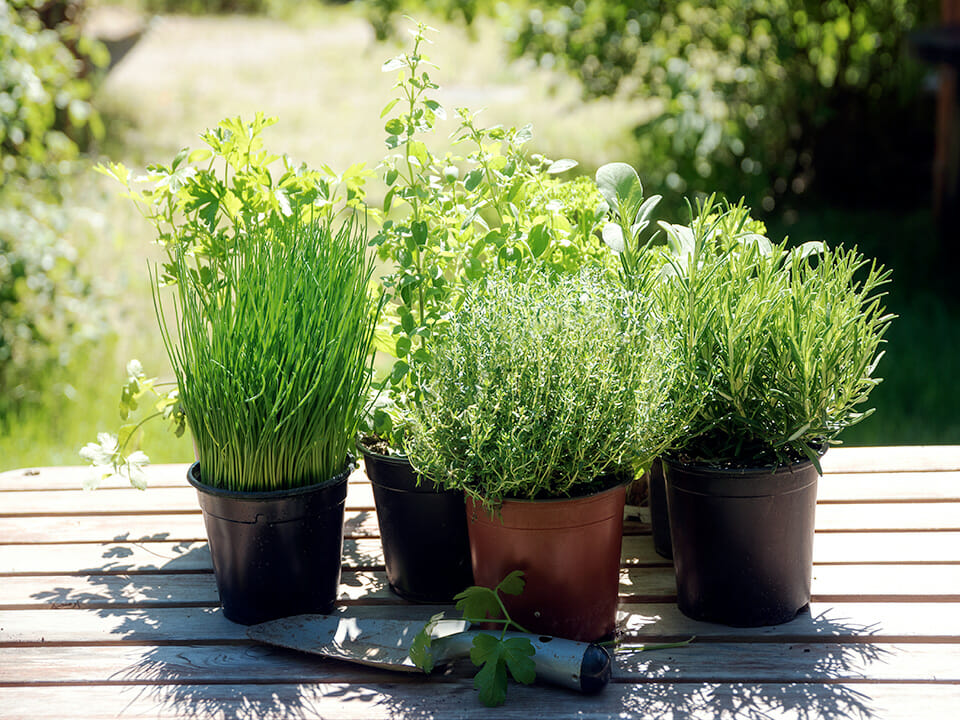
Here are some other crop examples you can use for interplanting:
- Brassicas (cabbage, broccoli, cauliflower) have shallow roots and grow well with potatoes and alliums (onions, garlic, leek, shallots).
- Legumes (beans and peas) are great companion plants for brassicas, squash, and nightshades (potatoes, tomatoes, or eggplants).
- Onions and carrots help repel pests off each other. Onion deters the carrot fly, while carrot deters the onion fly.
- Herbs such as parsley, oregano, dill, rosemary, basil, thyme, and sage are excellent pest-repellants, and grow well with most fruit and vegetables.
- Nasturtiums grow well with everything and are a great sacrificial crop, keeping aphids, leaf miners, and caterpillars off your other plants.
However, some crops will simply not get along with their neighbors. This is because almost all fruits and vegetables have allelopathic properties. They produce natural compounds that can influence the growth and survival of other species.
Sometimes, these substances have a beneficial effect, helping deter pests or grazing wildlife. In other cases, they can prevent seed germination and suppress competing species.
Here are some plant combinations that are not suitable for intercropping:
- Asparagus doesn’t grow well with alliums or potatoes.
- Legumes will stunt the growth of alliums, so avoid planting them together. Luckily, legumes grow well with all other crops.
- Cucumbers, squash, and pumpkins are vigorous growers that need a lot of nutrients and have a long growing season. To prevent competition, avoid planting them next to nightshades such as tomatoes, peppers, or eggplants.
- Plants from the cabbage family, including kale, don’t grow well with pole beans or tomatoes.
- With the exception of oregano, herbs can stunt the growth of cucumbers.
- Avoid planting nightshades next to each other. They suffer from the same diseases (mainly powdery mildew and verticillium wilt) and if one plant gets sick, it can spread to the others.
- Fennel is a bad companion plant for pretty much everything, with the exception of legumes, cucumbers, and sage.
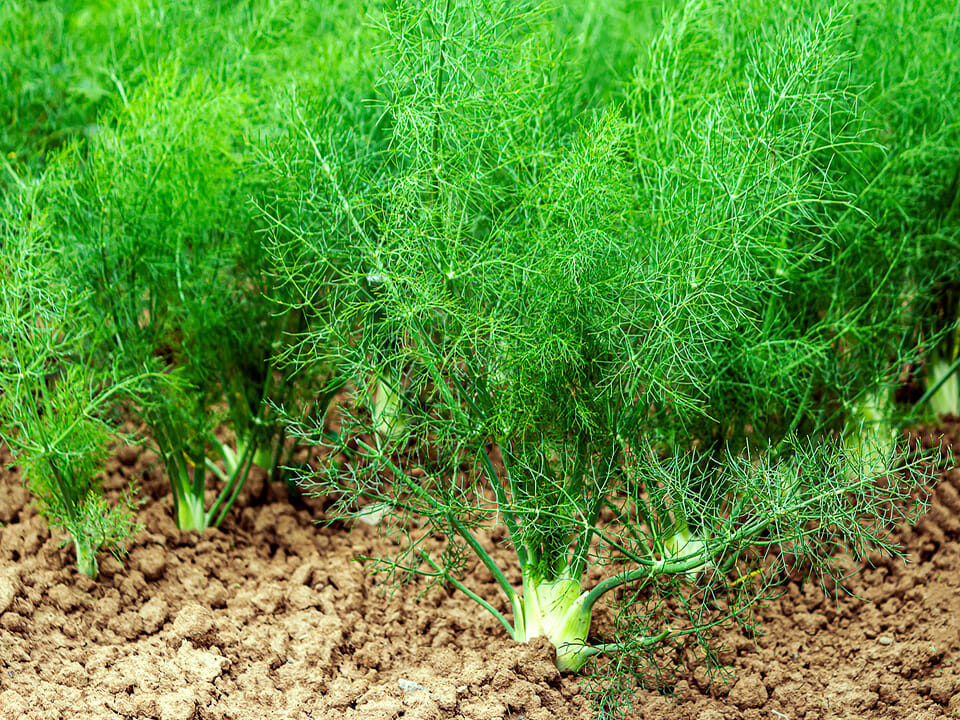
3 tips for successful succession planting
Using a combination of succession planting, repeat sowing, and growing different crops together, you can enjoy an increased harvest of fresh fruit and vegetables. And if you keep these 3 tips in mind, you can truly max out the potential of your greenhouse!
Fertilize regularly
Succession planting is an intensive growing method. When used correctly, it will boost the annual yields of your crops, but it can also deplete the soil of nutrients faster.
To keep your greenhouse garden beds productive, start your growing season by preparing a nutrient-rich substrate. Use plenty of well-rotted compost and manure. Feel free to sprinkle some starter fertilizer as well.
After a month, continue to use an organic fertilizer every 1-3 weeks. The application rates will vary depending on the product you’re using and the crops you’re growing. You can also side-dress the beds with compost after each crop harvest, or work some worm castings into the soil.
Grow your crops from transplants
Transplants will reduce growing times significantly and can even help you grow two warm-season crops in succession! Also, depending on your climate, growing vegetables from transplants may be your only option.
For example, cool-weather crop seeds will fail to germinate in the greenhouse during the height of summer, when temperatures exceed 86°F. You can try germinating them in your home instead or buy transplants from a local nursery.

Grow seasonal crops
Always let your greenhouse play to its strengths by growing heat-loving plants during the hot months, and cool-weather crops in the colder months. In the summer, it makes more sense to use your greenhouse to grow eggplants rather than sowing heat-tolerant lettuce varieties. Similarly, it’s better to grow kale and Brussels sprouts in the fall, instead of using electricity to keep the last of your cherry tomato plants warm.

